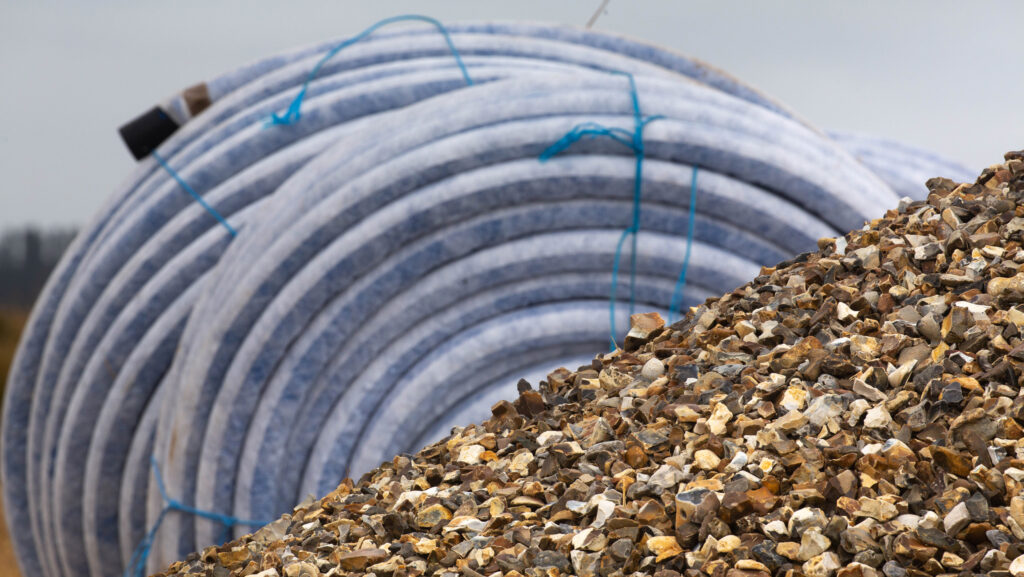Editor’s View: Water woes will test looming Land Use Strategy
 © Tim Scrivener
© Tim Scrivener There’s something in the water in Hampshire, I remarked to a room full of Hampshire farmers last week, as the rain beat on the window and the River Test brimmed its banks.
Why is it that three of Farmers Weekly’s most beloved columnists of all time – AG Street, John Cherrington and Charlie Flindt – all hail from the affluent southern county?
At different times in our publishing history, all have been renowned for plainly speaking truth to power.
See also: Buyer’s guide – 7 UK-made mole plough options and prices
But as a farmer pointed out to me during the Q&A, I had neglected in my run-through of priority topics for this parliamentary term to mention the challenge of water itself.
Yes, Defra secretary Steve Reed has made tackling water pollution his key priority – with a lot of the focus around upbraiding and upgrading the polluting water companies.
The ongoing work by the Environment Agency (EA) in building and maintaining flood defences around towns and cities has also racked up eyewatering sums.
However, there is mounting expectation that more farmers, particularly in the uplands, will be required to take greater action to store floodwater on their land to slow its release at times of high rainfall.
It will be interesting to see what fresh perspective Defra’s long-awaited Land Use Strategy – now promised for next month – will offer.
Having farmers participate on a wider scale is a fine example of a government’s role in attempting to straddle the gulf between a negative impact on an individual (the farmer with wet fields) to deliver a net positive impact elsewhere (a village of dry houses).
Short of outright coercion, how is this best achieved?
As a policymaker will note from perusing our Water Management Special this week, a farmer is often considering how best to get water off their land – witness our round-up of mole ploughs in the Machinery section.
This has also given rise to the perennial frustrations with the EA over its reluctance to dredge stretches of silted river, even when they are close to the sea and will not accelerate the delivery of water into a vulnerable area.
A landowner will be thinking not just about the in-season costs from losing access to grazing or the failure of a combinable crop, but about the potential longer term change to their quality of their land.
Yet there is also cause for optimism. As farmers Bill and Suzanne Harper note in our Livestock article on sward lifting, they are finding the Countryside Stewardship options that encourage them to hold back water from the River Tamar are also improving their land for livestock.
When some environmentalists talk about using the uplands for flood alleviation, you can almost see them gleefully rubbing their hands at the prospect that this will require widespread destocking.
But if widespread participation is the goal, it will surely be through finding options that pay well to adapt and support existing enterprises rather than more significant business and landscape changes.

